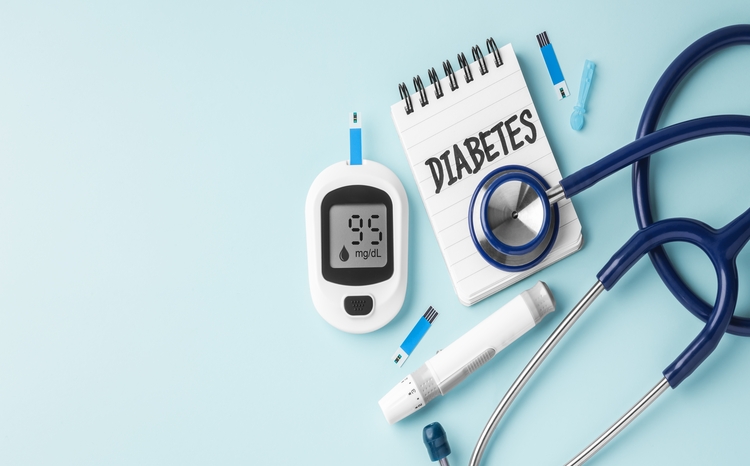How digitisation can help transform ICU
- 18 November 2021

The Covid-19 pandemic showed just how invaluable access to near-real time patient data can be and in response, Digital Health and Care Wales announced the establishment of a project that will bring a national critical care information system to Wales’ ICUs. Professor Tamas Szakmany is the project’s clinical lead and he explains why digitising ICU provides clinicians with a ‘single source of electronic truth’.
In September 2020 the governmental Welsh health IT provider, Digital Health and Care Wales (formerly known as NHS Wales Informatics Services), announced a partnership with healthcare ICT and mobile workflow specialist, Ascom, to provide a customised version of its software solution Digistat to all 14 Adult Intensive Care Units in Wales. Before then, just three ICUs in Wales used electronic systems.
The objective was, and remains, to roll out a national critical care information system that will enable intensive care unit (ICU) staff to manage many more aspects of patient care electronically and support the standardisation of care pathways across Wales.
News regarding the development of this system wasn’t just welcome because it spelled an end to an antiquated paper-based system that was laborious, but also because it offers the chance to transform workflows, make clinicians’ lives easier and ultimately improve patient care. How? By enabling a digital ‘single source of truth’ for each patient and those caring for them.
Counting the cost of time lost
To explain what I mean by this, it’s important to understand the challenges clinicians face at present. In a fast-paced environment such as an ICU, having a paper-based records system which dictates workflow is hugely inefficient and prone to error.
This isn’t just an anecdotal statement. During the early stages of the pandemic, I did an experiment to see how many people were involved in documenting and monitoring patients on an ICU. As is inevitable when using manual systems, people were duplicating tasks.
Using a stopwatch to record times, I estimated that by replacing paper records of hourly patient observations with a digital system, approximately two minutes in every hour of a nurse’s time could be saved simply by eliminating duplication. When you multiply the time saved by 24-beds, the potential for positive change and improved patient care really does become clear.
I also thought it would be interesting to look at the time lost when a form or physical record had been misplaced or misfiled. I estimate that around 95 to 100 seconds were being wasted just trying to locate one of these records.
Given the sheer volume of data ICU teams need to gather for each patient, it is clear how significant this issue is. Time wasted here is time taken from patients.
Turning paper into meaningful data
The Covid-19 pandemic has further reinforced the vitally important role digitisation and data can play within healthcare. Especially in ICU, having accessible, shareable patient data and records that can be immediately used in clinical decision making and analysis can be lifesaving.
An example of the need for a ‘single source of truth’ can be found in something as seemingly trivial as how a patient’s weight is recorded.
It’s crucial to know the current weight of an ICU patient as that data is used for so many things, not least in medication calculations, but also ventilation strategy and, for instance, renal replacement therapy. As part of our process audit, we found that with a paper-based system patient weight could be documented across as many as four different records and it was possible that on each, the weight varied. By digitising this kind of data logging, every member of the clinical team can work from one accurate record. Faster? Yes. Better for the patient in terms of subsequent treatment? Definitely.
Having physical records can also make a laborious task out of something that could be simple – this is especially true during the pandemic. If I wanted to review a patient’s notes, for example, I would first need to put on full personal protective equipment so I can locate and access the records. These physical documents aren’t searchable, so it’s often necessary to read them in their entirety. After reading the notes, I then may need to consult with different people about the information recorded. In comparison, if all the data is shared in a digital format then many of those inefficient hurdles are removed, allowing clinicians to make changes to the patient’s therapies in a focused and efficient way.
Unlocking deeper clinical analysis
Delivering the ability to make crucial, focused changes to patient treatment plans is a benefit of digitisation that isn’t just limited to the areas I’ve already touched upon. In terms of clinical analysis, for example, digitised data is no longer confined to the realm of research.
It becomes a ‘live’ resource for making near real-time critical decisions. For example, by accessing data from a ventilator and monitors, this can be used to produce a high-fidelity algorithm to help a bedside clinician change ventilation settings as needed. This could be critical when new staff are being trained and when there is a limited number of highly skilled or experienced staff available on a unit.
Digitisation is an obligation, not an option
In the current climate when lots of decision making is happening remotely, having anything other than digitised systems is hindering patients receiving the care they need. But even when we are way past the COVID crisis, it is clear to me that digitisation is not an option. It’s a moral imperative.
What technology can offer ICU and beyond won’t be perfect overnight, it will take time and refinement. The Welsh Intensive Care Information System being introduced across adult ICUs in Wales is a work in progress. But in providing that essential, and otherwise unobtainable ‘single source of truth’, digitisation delivers advantages that aren’t simply about doing things more efficiently. The advantages we are talking about will fundamentally transform the level of care clinicians can offer. And I, for one, cannot think of anything more valuable.





